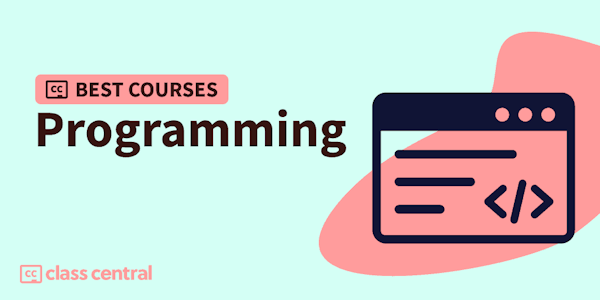Computer programming language is a tool for man-machine conversation and information exchange. Advanced language is the most commonly used programming language, which breaks away from the dependence on specific computers. In the computer course system, programming is an important basic course. C language is one of the key advanced languages that information major and other science and engineering students must master because of its complete advanced language characteristics, rich and flexible control and data structure, concise and efficient statement expression, clear program structure and good portability.
C language programming is for junior university students. It includes three basic structures of C language overview, C language data type, operator, expression, structured programming and related statements, arrays, functions, pointers, structures, etc. This course hopes that through the explanation of the course content and programming training, students will have the basic ability to develop application software by using C language, and lay a solid foundation for the future software development work.


